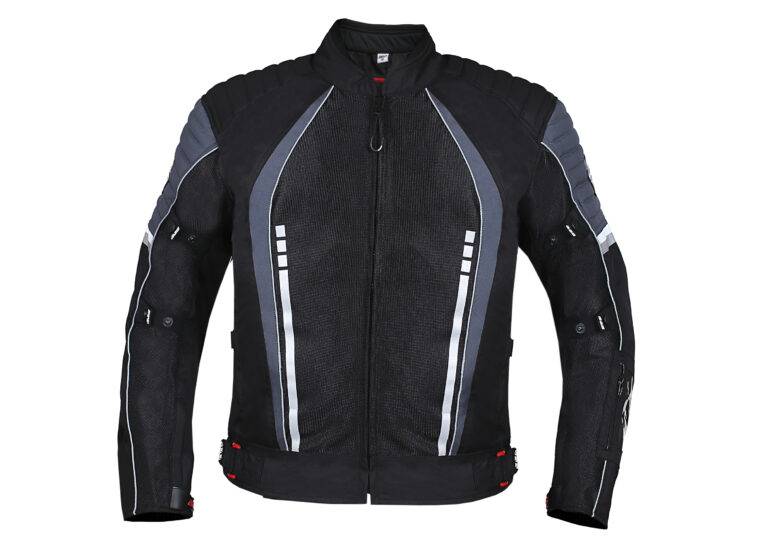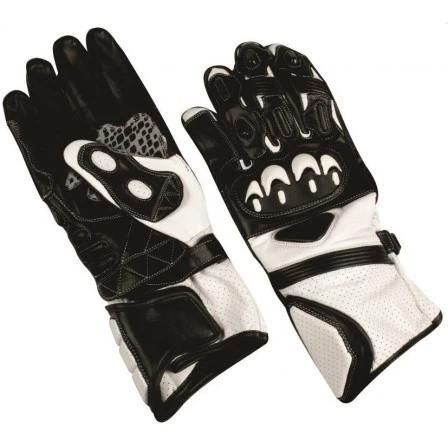
The Importance of a Bike Helmet
Bike helmets are more than just a legal requirement in many places; they’re a vital piece of safety equipment designed to protect you in the event of an accident. They work by absorbing and distributing the impact energy, reducing the risk of serious head injuries. But not all helmets are created equal – the right helmet can make all the difference.
What Makes a Helmet Great?
1. Safety Standards: First and foremost, your helmet should meet safety standards set by organizations like the Consumer Product Safety Commission (CPSC) or the European Committee for Standardization (CE). These standards ensure that the helmet can withstand impact and provide adequate protection.
2. Fit and Comfort: A helmet that doesn’t fit properly is almost as bad as no helmet at all. Look for helmets that offer adjustable sizing and come with padding to ensure a snug, comfortable fit. A helmet should sit level on your head, covering your forehead, and shouldn’t move around.
3. Ventilation: Riding in hot weather can be uncomfortable, and a well-ventilated helmet can make a huge difference. Look for helmets with ample ventilation to keep you cool and dry
4. Lightweight Design: Heavier helmets can be cumbersome and uncomfortable, especially on long rides. Modern helmets are designed to be lightweight without sacrificing safety, making them easier to wear for extended periods.
5. Visibility: Some helmets come with built-in lights or reflective elements that enhance your visibility to others, especially in low-light conditions. This added feature can be a lifesaver for urban cyclists or those who ride in the early morning or late evening.
6. Style and Design: While safety is the priority, you shouldn’t have to compromise on style. Helmets come in a variety of designs and colors, so you can find one that suits your personal taste and complements your bike.
Why You Need a Bike Jacket
Bike jackets are designed to protect you from the elements while enhancing your performance. Here’s why having a good bike jacket is indispensable:
1. Weather Protection: Cycling often exposes you to various weather conditions, from sudden rain showers to chilly winds. A well-designed bike jacket offers protection against these elements, keeping you dry and comfortable regardless of the weather.
2. Enhanced Visibility: Many bike jackets feature reflective elements or bright colors, which increase your visibility to other road users. This added visibility is particularly important for riders who cycle early in the morning or late at night.
3. Breathability and Comfort: A good bike jacket balances protection with breathability. This means you stay shielded from wind and rain without overheating, ensuring you remain comfortable throughout your ride.


What to Look for in a Bike Riding Glove:
1. Grip:A good bike glove should provide a secure grip on the handlebars, allowing you to maintain control even on the most challenging terrain. Look for gloves with textured palms and fingers to help keep your grip tight.
2. Protection: Bike gloves should offer protection for your hands in the event of a fall or crash. Look for gloves with padding on the palms, fingers, and wrists to cushion the impact.
3. Comfort: A comfortable glove will allow you to ride for hours without feeling fatigued or restricted. Look for gloves with breathable materials, soft padding, and a snug fit.
4. Adjustability: A glove that can be adjusted to fit your hand size and riding style is essential. Look for gloves with adjustable cuffs, wrist straps, and Velcro fasteners for a secure and customizable fit.
Why Bike Tires Matter
Bike tires are your connection to the road or trail, affecting everything from handling and traction to comfort and durability. Here’s why selecting the right tires is so important:
1. Performance: Tires influence how well your bike handles different surfaces. Choosing the right tire can enhance your speed, cornering, and stability, ensuring a more enjoyable and efficient ride.
2. Safety: High-quality tires provide better grip and control, which is essential for avoiding accidents and maintaining stability, especially in challenging conditions.
3. Comfort: The right tires can absorb shocks and vibrations, leading to a smoother ride and reducing the strain on your body, especially on rough or uneven surfaces.
4. Durability: Tires are subjected to wear and tear, and selecting the right type can ensure longer-lasting performance and fewer punctures or damage.

Types of Bike Tires
Understanding the different types of bike tires can help you choose the best one for your riding style and terrain:
1. Road Bike Tires: Designed for speed and efficiency on smooth, paved surfaces, road bike tires are typically narrow and have a smooth tread. They offer minimal rolling resistance and are ideal for racing or long-distance rides.
2. Mountain Bike Tires: These tires are built for off-road conditions and feature a rugged tread pattern for enhanced traction on dirt, gravel, and uneven terrain. They are wider and more durable to handle rough trails and obstacles.
3. Hybrid Bike Tires: Combining features of both road and mountain bike tires, hybrid tires are versatile and suitable for mixed terrain. They offer a balance between speed and traction, making them great for commuters and recreational riders.
4. Touring Bike Tires: Designed for long-distance travel, touring tires are durable and puncture-resistant with a tread pattern that provides a comfortable ride over varied surfaces. They are built to handle heavy loads and extended use.
5. Fat Bike Tires: Ideal for riding on soft surfaces like snow or sand, fat bike tires are extra-wide to provide stability and flotation. They allow for better control and a smoother ride in challenging conditions.